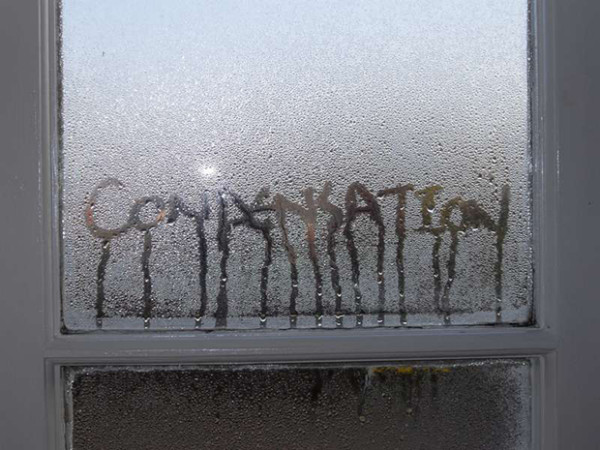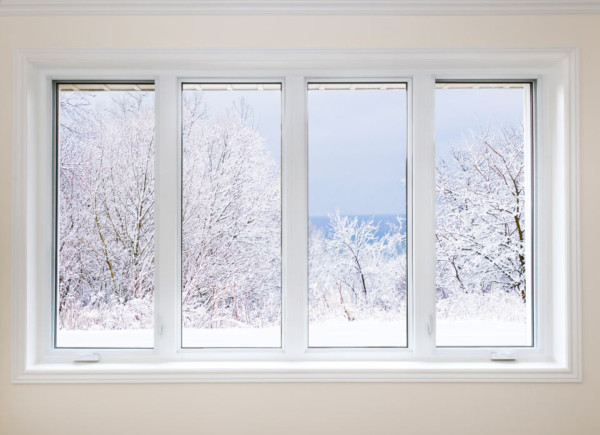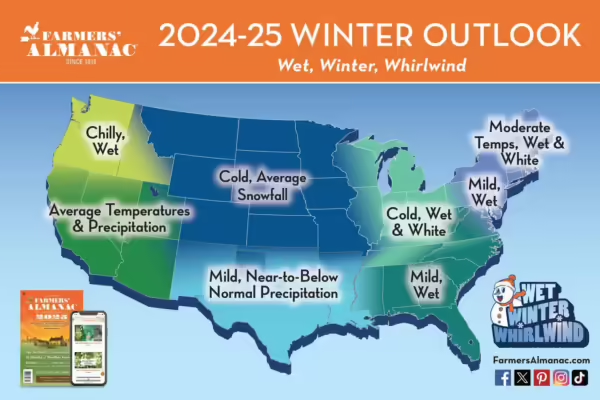 Q: This winter I’ve been noticing condensation on my windows. Is this a problem? What’s happening?
Q: This winter I’ve been noticing condensation on my windows. Is this a problem? What’s happening?
A: If you have condensation on your windows you’re most likely wondering how it got there and if it’s going to cause a problem. Condensation is a natural process that occurs when warm, moist air comes in contact with a cooler surface. You likely see this happen frequently on the mirror in your bathroom after a shower, on a cold glass of ice water or even on the windows in your home. Most often, condensation can be wiped away, but when you can’t wipe it away on your windows, you likely have a bigger problem.
Here is everything that you need to know about window condensation and how it may impact the performance of your window:
Interior vs. Exterior Condensation
One of the biggest things to watch out for with condensation on windows is location—is it present on the interior or the exterior? Exterior condensation on energy efficient windows is quite normal especially in the warmer months and it’s typically nothing to be worried about. You’ll find this happening when the outside surface of the window is cooler than the outdoor dew point (dew point = temperature where the air is 100% saturated with moisture).
Interior condensation, on the other hand, occurs when there is excess humidity in the home and this most often happens in the winter when warm inside air condenses on cold windows. Interior condensation isn’t necessarily a problem, but you’ll need to be sure that you don’t notice excess condensation on the glass on a regular basis. Especially in older windows, this can cause rot, mold and damage to the surrounding window frame.
What If Condensation Is Between Window Panes?
If you find condensation between two panes of glass, you’re most likely dealing with a seal failure. In some scenarios condensation can be due to saturation of the desiccant material which is included in the spacer system of the window which reduces moisture within the sealed space of the two panes. Unfortunately in either of these scenarios, the window will most likely need to be replaced. This is really the only way to restore the maximum thermal performance of the window. You could also hire a company to come drill holes in the outer pane of the window, clean the inside and then install one-way air vents, but we wouldn’t recommend this. The cost of a new window and all the energy efficient benefits along with the lifetime warranty outweighs the small savings.
Will New Windows Solve My Problem?
When you choose energy efficient replacement windows with weather tight seals, you might actually notice slightly more condensation on your new windows than your old windows. This is most likely a result of your old windows being drafty which in turn allowed air to escape the home. New energy efficient windows will work to eliminate air flow and thus be more efficient at keeping moist air in the home. It’s important to remember that condensation generally only lasts for a short time in the morning and then it will disappear. If you’re finding condensation over a long period of time, you may want to consider ways to reduce humidity in the air:
- Open or crack a window to promote air circulation
- Run exhaust fans in kitchen or bathroom to reduce humidity
- Turn off humidifiers
- Use a dehumidifier
- Move plants if condensation is occurring on windows near them
- Don’t store large amounts of firewood in your home
How Do I Know If My Windows Are Condensation Resistant?
Modern windows have metrics that indicate condensation resistance. The measurement is scaled from 1 to 100; the higher the number, the more resistant the window will be for reducing condensation. The type of window spacer that separates the panes of glass greatly affects the edge temperature which tends to be colder than the center of the window. Thus it’s important to look for a window with warm-edge spacers.
The reality is that over time, old windows lose their efficiency. This can lead to condensation issues that create a number of additional issues within the home including frost, ice, mold and mildew. If you’re concerned about your current window’s performance, contact Stephanie Vanderbilt today at svanderbilt@mycoastalwindows.com or by calling 978-304-0495. You also may benefit from the tips included in our free Winter Ready Home Guide.





